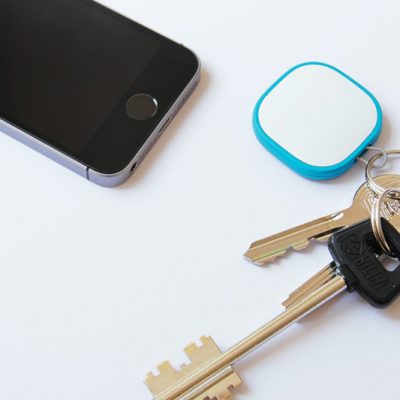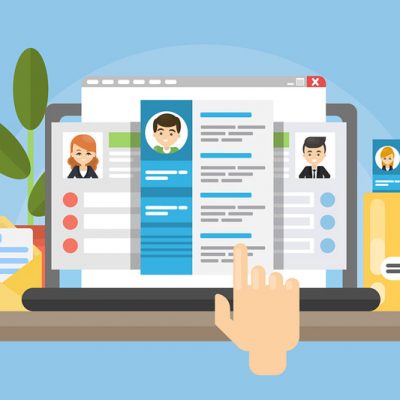Proper Email Etiquette for a Customer Service Department
Customers are making more use of email to contact a customer service department as this medium is quick, easy and it avoids annoying phone procedures. The email response that the customer gets from your customer service department is important. With this email, the customer will form a judgment about the quality of your company’s customer service. An email is a lasting record, one that can be passed to others as an example of exceptionally good, or very bad, customer service.
It is important, therefore, to give a lot of thought to the impression your company gives in emails. Good email etiquette and identifying best practice for your customer service team will help.
Key Pointers for Emails:
-
Ensure the subject line reflects the content of the email.
-
When responding to an email, press reply so that your message includes the Customer’s original message and subject line.
-
Use an appropriate greeting. The generic Hello Name is the accepted one in most cultures, but think about which greeting is the right one for this culture and for this occasion.
-
If responding to a Customer’s email, refer to this in the first line. Thank you for your enquiry or Thank you for your email regarding.
-
Use Customer friendly language style. Use language that this particular Customer will find understandable and acceptable.
-
Ensure the tone is friendly, but professional for ALL Customers. Do not be tempted to go over familiar or too cold.
-
Use full stops, capital letters, commas and quotations appropriately.
-
Do not write in CAPITALS or italics. Writing in capitals is aggressive, and is the same as shouting. It will trigger a negative reaction. A lot of writing in italics is difficult to read.
-
Do not use abbreviations or jargon with which this Customer may not be familiar. This will irritate the Customer. Beware of industry jargon, your own Company abbreviations or social network type language.
-
Use paragraphs and spaces between each paragraph. This looks much better than a solid block of text, and it is easier for the Customer to read.
-
Be clear, concise, complete and correct.
-
Short sentences are easier to read than long, complex sentences. 15 to 20 words is a good guideline.
-
Have a good closing line, one that is personal and Customer friendly.
-
Always sign off with Regards, or Kind regards, and your first name. Some people feel that the formal signature and contact details at the bottom of the email is sufficient. This is not good practice and it is better to add your first name to the sign off.
-
Have a nice, concise signature. It is usually not necessary to put the full address, the basic contact details are good.
-
Be careful of using additions on your email, like colour or logos. Your Customer may have a different mail system that will not read these or distort them.
-
Do not ask for an email receipt. This is annoying, and is pointless anyway as most good anti-virus systems will close them out.
-
If using templates created within the Company, take them out and refresh them at least every two months.
-
Do not mention confidential information in your email that you would not like broadcast on your local radio channel.
-
Remember that every email is a representation of your Company – ensure it is a positive one!




